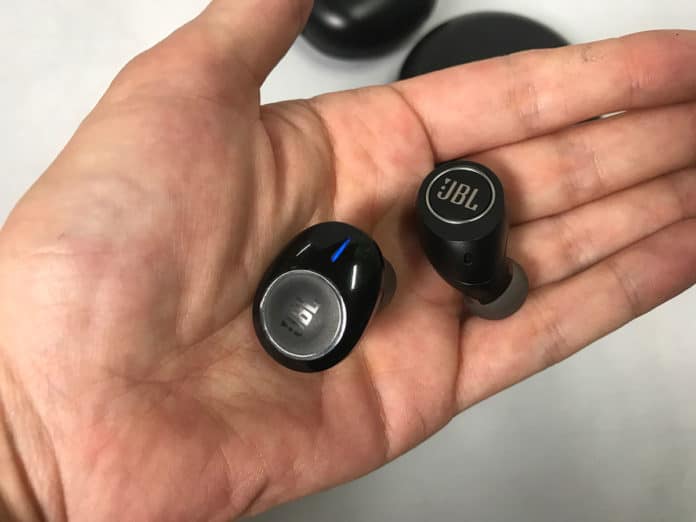Finally, true wireless technology is becoming affordable. JBL now has two true wireless models at the $100 price point, and they’re both solid products. My colleagues and I have already written extensive reviews on both, the Tune 120TWS and the older, Free X. So, this review is for folks who are already familiar with at least one of these models, but can’t decide which one to commit to. So, which JBL true wireless buds will suit your listening style and intended applications? Let’s find out in the JBL Tune 120TWS vs JBL Free X Review.
JBL Tune 120TWS vs JBL Free X Review
FIT
Although I found the fit on both models comfortable, overall, I preferred he JBL Free X in this department. The sound isolation is slightly more effective, and the buds fit perfectly in the contours of my ears. In contrast, the Tune 120TWS protrudes out of the ears slightly and feels a little less snug than the Free X.
Image below shows the Tune 120TWS on the left and and the Free X on the right.
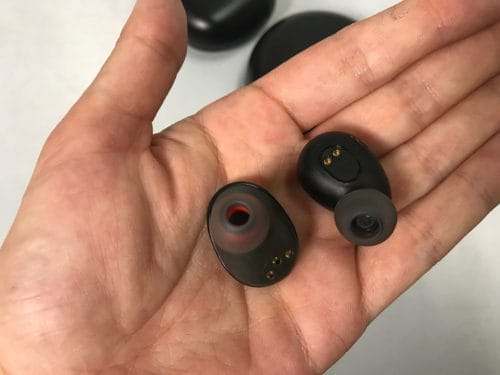
The Free also employs optional rubber covers over the entire bottom surface of the earbud to improve the security of the fit. So, if you’re a heavy sweater, the Free X is a safer bet. That being said, I wasn’t worried about either of the models falling out of my ears. And unless you’re using true wireless buds mainly for working out, this shouldn’t be an issue.
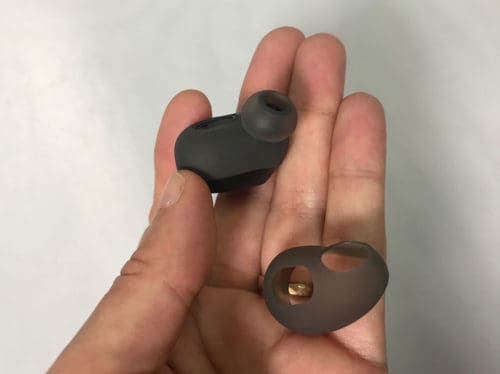
Tune 120TWS…
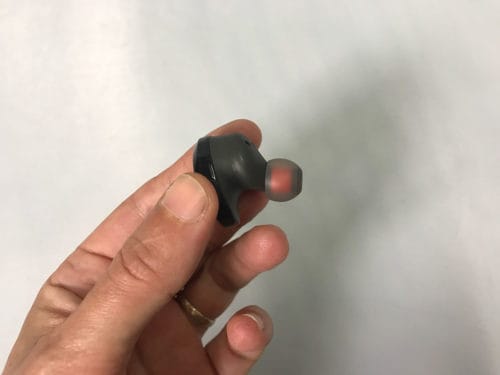
Free X…
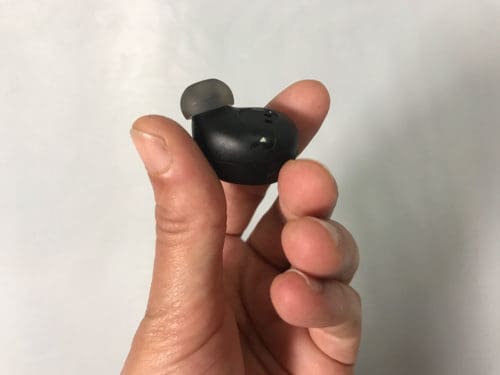
DESIGN
Battery Life
The Free X wins in this category, delivering a total of 24 hours of playtime. The Tune 120TWS only offer a total of 16 hours of battery life. But both models give you 4 hours of usage before you have to put them back in the case for charging. And both models take about 2 hours to fully charge from empty. Both models also use a micro-USB connection for charging.
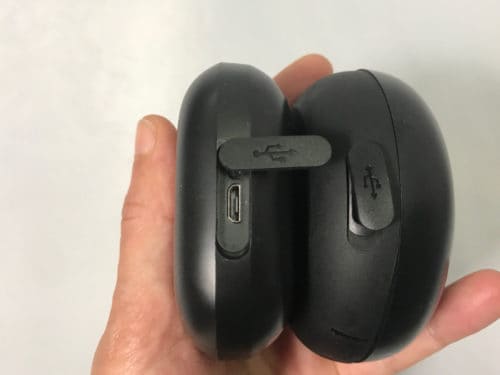
Call Clarity
If you’re planning on making a lot of calls, the Tune 120TWS is the preferable choice for two reasons. First, it offers superior call clarity to the Free X. Second, calls on the Free X are designed to only come through one earbud, while the Tune 120TWS transmits calls through both earpieces.
Controls and Functionality
There’s little difference in this department. They both share the common functions (which you control by pressing on the earpiece buttons) like play/pause, track skipping, call answering and voice assistant activation. Neither models offer volume control from the earpieces.
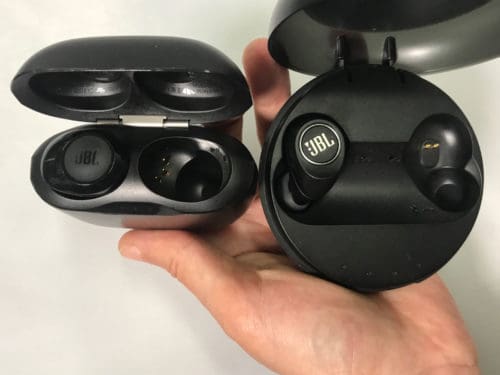
Bluetooth Version
Both models support Bluetooth 4.2, which isn’t the latest version. It’s surprising that JBL hasn’t upgraded to Bluetooth 5, given the more reliable transmission. That being said, I didn’t experience any dropped signals with either of these earbuds.
Build
With an IPX5 waterproof rating, the Free X can withstand plenty of sweat and a few splashes, though I wouldn’t go throwing it in the pool. The Tune 120TW, on the other hand, has no sweat resistance. So, the Free X is the obvious choice if you’re planning on using your buds for workouts.
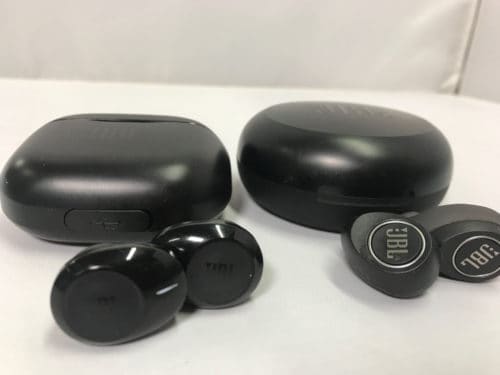
Often, I’ll have to quickly take out my earbuds to talk to someone, and I don’t have time to put them in the charging case. So, I just throw them in my pocket. JBL has accounted for this by making the shells on the Tune 120TWS magnetic. When you don’t have your charging case handy, you can at least couple your buds together to minimize the chances of losing them. The Free X does not have this feature.
SOUND
Lows
These buds are very similar in this frequency range. They share the same yuge bass presence and a similar level of punch when listening to pop. But listening to rock and classical, the bass on the Free is a touch fatter and less disciplined. The bass on the Tune 120TWS has a little added tightness and grip. And I found that with respect to acoustic instruments in general, the Tune 120TWS had a slightly more natural timbre and tonality, while the Free presented more color and richness.
Mids
Again, the balance in similar in the midrange, with the upper mids favored over the lower mid range. Both models deliver a lot of vocal presence. But vocals seem to sit a little more forward on the Tune 120TWS. And, in general, it offers a slightly more dynamic feel. The Tune 120TWS also has the cleaner sounding profile. The layering of instruments in heavy arrangements was tidier on the Tune 120TWS. At the same time, listening to classical strings, the Free conveyed more texture, while the Tune 120TWS offered a smoother presentation of the instrument. So, in terms of transparency, I wouldn’t expect any huge strides since the release of the Free X, which is JBL’s first true wireless model.
Highs
Not much difference here either. But percussion may have sounded a tad more crisp or crystalized on the Tune 120TWS. The highs on the Tune 120TWS also feel a little lighter compared to the meatier sound of the Free. But again, with respect to clarity, both earphones offered the same level of nuance when listening to strings and brass.
Soundstage
Although instrument placement on both models presents a similar level of precision, the JBL Free X offers a slightly grander and more spacious feel. The fit could have something to do with this, and I’m sure if I played around with different sized eartips, my impressions could be different. But out of the box, the Free seems to have the upper hand in this category.
SUMMARY
If you like a thick and rich sound, you’ll probably love the JBL Free X. But if you prefer something cleaner and more natural, the Tune 120TWS might be better suited. Don’t get me wrong. Both models sport a massive bass. And at the end of the day, in terms of sound signature, there are more similarities than there are differences. So, I would ultimately base my decision on fit and application. If you’re planning on using your buds to make a lot of calls, go for the clearer sounding, Tune 120TWS. But if you listen to music while you work out, the water resistant JBL Free X is the ideal choice.
MAJORHIFI may receive commissions from retail offers.


